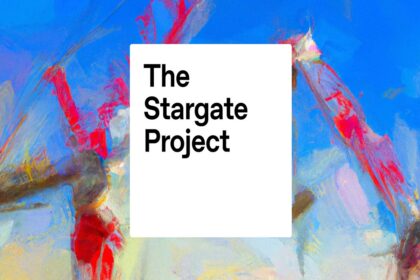Eight European technology organizations have joined forces to unveil Virt8ra, a sovereign Edge cloud platform aimed at bolstering Europe’s digital sovereignty and competitiveness. This groundbreaking initiative is coordinated by OpenNebula Systems, an open-source cloud and Edge platform provider. The consortium comprises Arsys, BIT, Gdańsk University of Technology, Infobip, Ionos, Kontron, Mondragon Corporation, and Oktawave.
Available Across Six European Countries
The Virt8ra testbed spans six nations: Croatia, Germany, the Netherlands, Poland, Slovenia, and Spain. By leveraging interoperability across multiple cloud providers, the platform offers virtual machines and Kubernetes clusters via a unified control plane. This capability allows seamless deployment, execution, and migration of applications across diverse locations and providers.
Part of the IPCEI-CIS Initiative
Virt8ra is a key component of the Important Project of Common European Interest on Next Generation Cloud Infrastructure and Services (IPCEI-CIS). This initiative was approved by the European Commission in December 2023 to advance Europe’s cloud and Edge ecosystem.
Features and Future Roadmap
Currently, Virt8ra provides foundational services, including virtual machines and Kubernetes clusters. Future developments aim to extend its footprint and enhance functionality, creating a “computing continuum” from 5G cell towers to large-scale data centers. According to Miguel Martínez Vélez, Chief Product Officer at Arsys, “The Virt8ra testbed is our first step towards developing meta-orchestration software for a multi-vendor European solution, paving the way for innovative cloud-Edge continuum solutions.”
Contributions from Key Partners
Each partner organization contributes unique resources and expertise to Virt8ra:
- Ionos: Bare-metal servers housed in German data centers.
- Kontron: Cloud resources in Slovenia.
- Mondragon Corporation: Infrastructure in Spain’s Basque Country.
The project also benefits from the support of the Spanish Ministry for Digital Transformation and Civil Service and is co-funded by the European Union’s NextGenerationEU program through OpenNebula’s ONEnextgen project.
Comparing Virt8ra to Gaia-X and Dynamo
Lessons from Gaia-X
Virt8ra’s launch comes amidst ongoing efforts to establish European cloud sovereignty. Gaia-X, initiated in 2020, aimed to counter the dominance of US hyperscalers by creating an interoperable platform. However, internal challenges and strategic shifts altered its focus to defining policies and rules for cloud providers rather than building a unified platform. Gaia-X now supports projects like Fulcrum, which unites small and medium-sized European cloud providers.
Dynamo’s Decentralized Approach
Dynamo, spearheaded by former Gaia-X CEO Francesco Bonfiglio, explores decentralized cloud offerings. Bonfiglio’s vision integrates diverse providers through a shared service catalog. Despite this ambition, he cautions about hyperscalers’ rapid market expansion, emphasizing the urgency for European solutions.
Hyperscalers’ Sovereign Cloud Regions
The competitive landscape intensifies as US hyperscalers introduce sovereign cloud regions, challenging European efforts. Bonfiglio predicts a shrinking market share for European providers, urging swift action to maintain relevance.
FAQ
What is Virt8ra?
Virt8ra is a sovereign Edge cloud platform developed by eight European organizations to promote digital sovereignty and interoperability across multiple cloud providers.
Where is Virt8ra available?
Virt8ra operates in six European countries: Croatia, Germany, the Netherlands, Poland, Slovenia, and Spain.
What are the features of Virt8ra?
Virt8ra offers virtual machines and Kubernetes clusters through a unified control plane, enabling seamless application deployment, execution, and migration.
How does Virt8ra compare to Gaia-X?
Unlike Gaia-X, which focuses on policies and rules for cloud providers, Virt8ra provides an operational platform for interoperability among multiple European cloud providers.
Who supports Virt8ra?
Virt8ra is supported by the Spanish Ministry for Digital Transformation, OpenNebula’s ONEnextgen project, and co-funded by the EU’s NextGenerationEU program.


















